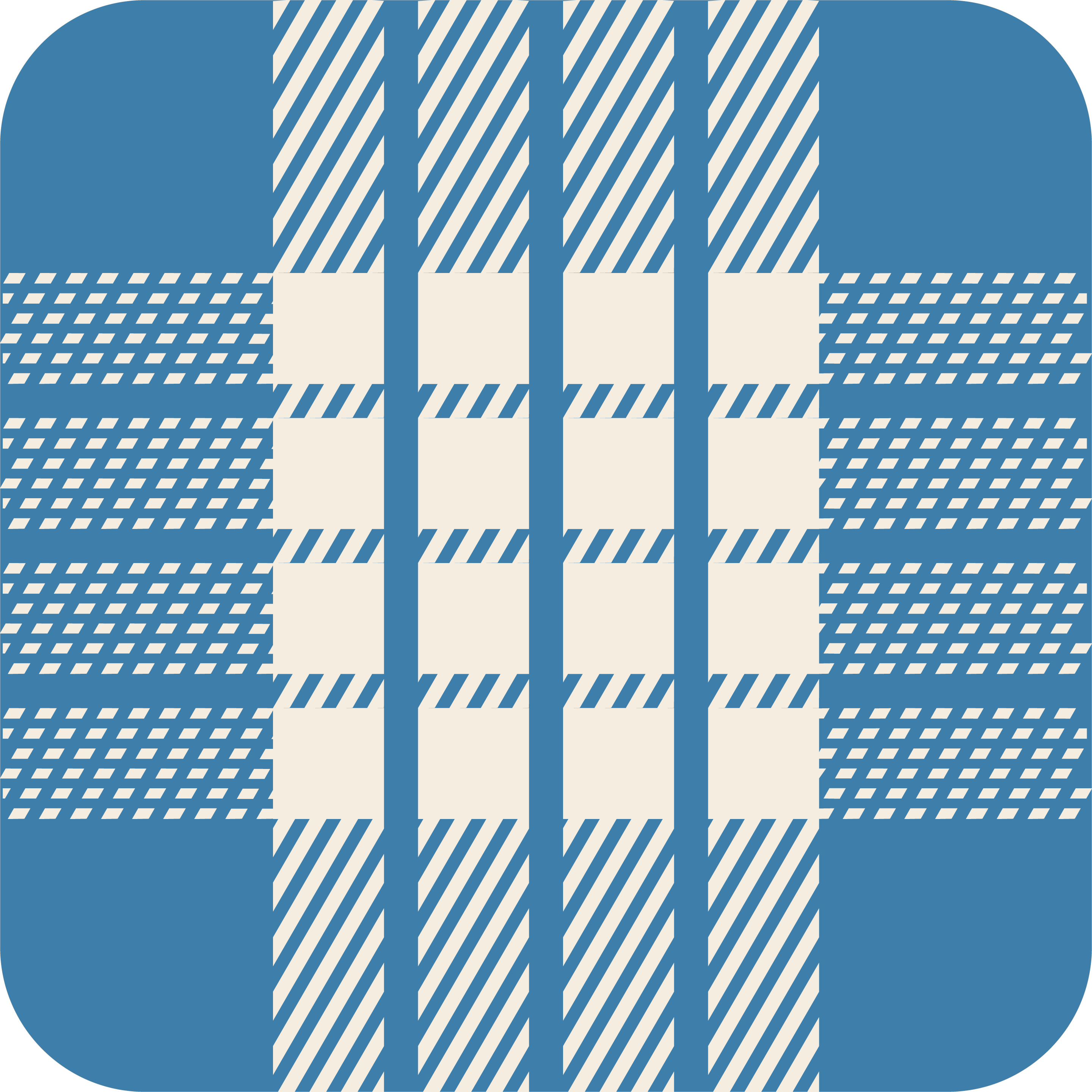About us
Hawaiian shirts are two types
ハワイアンシャツは2種類。
アロハシャツとパラカシャツ。
私たちがイメージするアロハシャツは、ハワイらしい鮮やかな柄の半袖開襟シャツ。誕生は昭和初期頃。一方、明治の頃から地元ハワイ民に人気のあった生地はパラカ。綿100%の丈夫なこの生地は、作業上着から始まり、やがてシャツへ。その代表的ブランドARAKAWAS は、1995年に閉店。ARAKAWASのパラカシャツが欲しいが、なかなか手に入らない…。ならば自作する!とハワイから生地を取り寄せ作り始めたのは2012年のこと。そしてすぐ生地までも!(MADE IN JAPANのパラカ生地。ちゃんと糸を染めるところから織まで日本で作っています。)
今一度、日本のハワイアンに着てほしいHawai'i Japaneseのシャツ。
*文章にあえて日本の元号を使用。
Feature
綿100%で作業着。もともとインディゴ染めだったことなどジーンズと似ている。縦横4本の格子柄が特徴。格子柄ではあるが、縦の線が強いのでストライプのような印象も与える。それを避けるためにわざと裏地で作ったパラカも存在する。(裏地は縦も横もほぼ同じ。)4本の線の幅は17mmぐらい。縦の線を凝視すると斜めの線が繋がって1本の線が出来ていることがわかる。ISHIHARA PALAKAの生地は左下から右上への斜め(右肩上がり)で、ハワイで売られているパラカ生地とはあえて逆にしている。
作業着の頃のパラカは長袖で今のデニムジャケットのような型。シャツとして流行した頃は、半袖開襟がほとんどであった。現在、ボタンダウンやプルオーバー、レディースのデザインもISHIHARA PALAKAでは製作している。
山内 "アラニ" 雄喜
アラニさんは日本で最初にパラカを着てパラカを広めた人だと思う。なのでハワイアンミュージックのレジェンドは、パラカのレジェンドでもある。「パラカシャツが似合わない人はいない」と氏は言われるがまったく同感。2012年11月に始まった ALANI LIVE パラカパーティー(パラカとハワイを愛する者の集い)は、名古屋から始まり東京でも即日満席。全国に広まる勢いである。
Hawaiian shirts are two types
There are two types of Hawaiian shirts.
Aloha shirt and Paraca shirt.
The Hawaiian shirt we imagine is a short-sleeved open-collared shirt with a bright Hawaiian pattern. It was born around the early Showa period. On the other hand, Paraca has been popular with local Hawaiians since the Meiji era. This 100% cotton durable fabric begins with a work jacket and eventually becomes a shirt. Its representative brand, ARAKAWAS, closed in 1995. I want an ARAKAWAS paraca shirt, but I can't get it easily ... Then make your own! It was in 2012 that I ordered the dough from Hawaii and started making it. And soon even the dough! (MADE IN JAPAN Paraca fabric. We make everything from dyeing threads to weaving in Japan.)
Hawaii'i Japanese shirt that I want Japanese Hawaiians to wear once again.
* The Japanese era name is used for the text.
Feature
Work clothes made of 100% cotton. It is similar to jeans in that it was originally dyed with indigo. It features a checkered pattern with four vertical and horizontal lines. Although it has a checkered pattern, the vertical lines are strong, giving the impression of stripes. There is also Paraca intentionally made with lining to avoid it. (The lining is almost the same both vertically and horizontally.) The width of the four lines is about 17 mm. If you stare at the vertical lines, you can see that the diagonal lines are connected to form a single line. The fabric of ISHIHARA PALAKA is diagonal from the lower left to the upper right (upward to the right), which is the opposite of the Paraca fabric sold in Hawaii.
When I was working, Paraca had long sleeves and looked like a denim jacket. When it became popular as a shirt, most of them had short sleeves and open collars. Currently, ISHIHARA PALAKA is also producing button-down, pullover, and ladies' designs.
Yamauchi "Arani" Yuki
I think Arani was the first person in Japan to wear Paraca and spread Paraca. So Hawaiian music legends are also Paraca legends. "There is no one who doesn't look good with a Paraca shirt," he says, but I totally agree. His ALANI LIVE Paraca Party (a gathering of people who love Paraca and Hawaii), which started in November 2012, started in Nagoya and was fully booked in Tokyo on the same day. The momentum is spreading all over the country.

Yamauchi "Arani" Yuki
1948年東京生まれ 15歳からスティールギターを始める。明治大学在学中からスラックキ—ギターを独学で挑戦。卒業後、ハワイに渡りスラックキーギターの第一人者、レイ・カーネ氏に師事。2014年にはハワイのグラミー賞と称されるナ・ホク・ハノハノ・アワードにて、日本人初のレガシーアワードを受賞
Born in Tokyo in 1948, he started playing steel guitar at the age of 15. He taught himself the slack key guitar while he was a student at Meiji University. After graduating, he traveled to Hawaii to study under Raymond Kane, a leading slack-key guitar player. In 2014, he won the first Japanese Legacy Award at the Na Hoku Hanohano Award, which is called the Grammy Awards in Hawaii.

“I'm a testimonial. Click to edit me and add text that says something nice about you and your services.”
Anthony Smith, Stella's owner
